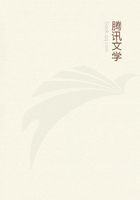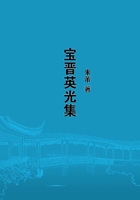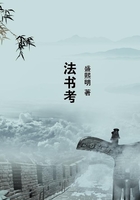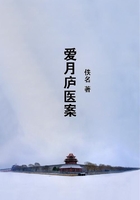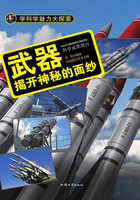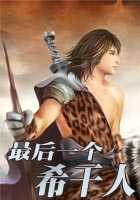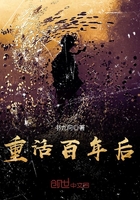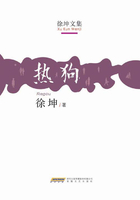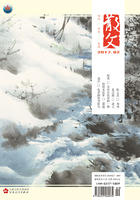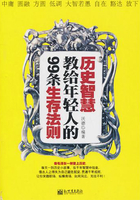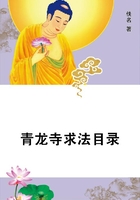Let us before leaving the subject apply another test. If the evolution theory and the recapitulation theory are both true, how is it that living birds are not only without teeth but have no rudiments of teeth at any stage of their existence? How is it that the missing digits in birds and mammals, the missing or reduced limb of snakes and whales, the reduced mandibulo-hyoid cleft of elasmobranch fishes are not present or relatively more highly developed in the embryo than in the adult? How is it that when a marked variation, such as an extra digit, or a reduced limb, or an extra segment, makes its appearance, it is not confined to the adult but can be seen all through the development? All the clear evidence we can get tends to show that marked variations, whether of reduction or increase, of organs are manifest during the whole of the development of the organ and do not merely affect the adult. And on reflection we see that it could hardly be otherwise. All such evidence is distinctly at variance with the theory of recapitulation, at least as applied to embryos. In the case of larvae of course the case will be different, for in them the organs are functional, and reduction in the adult will not be accompanied by reduction in the larva unless a change in the conditions of life of the larva enables it to occur.
If after 50 years of research and close examination of the facts of embryology the recapitulation theory is still without satisfactory proof, it seems desirable to take a wider sweep and to inquire whether the facts of embryology cannot be included in a larger category.
As has been pointed out by Huxley, development and life are co-extensive, and it is impossible to point to any period in the life of an organism when the developmental changes cease. It is true that these changes take place more rapidly at the commencement of life, but they are never wholly absent, and those which occur in the later or so-called adult stages of life do not differ in their essence, however much they may differ in their degree, from those which occur during the embryonic and larval periods. This consideration at once brings the changes of the embryonic period into the same category as those of the adult and suggests that an explanation which will account for the one will account for the other. What then is the problem we are dealing with? Surely it is this: Why does an organism as soon as it is established at the fertilisation of the ovum enter upon a cycle of transformations which never cease until death puts an end to them?
In other words what is the meaning of that cycle of changes which all organisms present in a greater or less degree and which constitute the very essence of life? It is impossible to give an answer to this question so long as we remain within the precincts of Biology--and it is not my present purpose to penetrate beyond those precincts into the realms of philosophy.
We have to do with an ultimate biological fact, with a fundamental property of living matter, which governs and includes all its other properties. How may this property be stated? Thus: it is a property of living matter to react in a remarkable way to external forces without undergoing destruction. The life-cycle, of which the embryonic and larval periods are a part, consists of the orderly interaction between the organism and its environment. The action of the environment produces certain morphological changes in the organism. These changes enable the organism to come into relation with new external forces, to move into what is practically a new environment, which in its turn produces further structural changes in the organism. These in their turn enable, indeed necessitate, the organism to move again into a new environment, and so the process continues until the structural changes are of such a nature that the organism is unable to adapt itself to the environment in which it finds itself. The essential condition of success in this process is that the organism should always shift into the environment to which its new structure is suited--any failure in this leading to the impairment of the organism. In most cases the shifting of the environment is a very gradual process (whether consisting in the very slight and gradual alteration in the relation of the embryo as a whole to the egg-shell or uterine wall, or in the relations of its parts to each other, or in the successive phases of adult life), and the morphological changes in connection with each step of it are but slight. But in some cases jumps are made such as we find in the phenomena known as hatching, birth, and metamorphosis.

